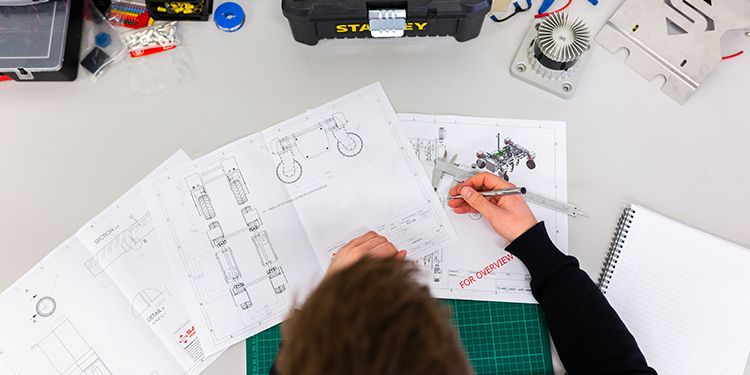
Aerospace Engineers Hew Space Transport, Gadgets & Gear, Here’s All
Yes, aerospace engineers design and manufacture aircraft, gadgets, devices, and equipment to suspend and fly the system into interplanetary or extraterrestrial space. . . They just do things that pass through our atmosphere and fly into space. Interestingly, more and more companies are now focusing on cheaper suborbital and orbital flights, both for leisure and to provide next-generation satellites.
Think of …
… General Electric, Airbus, Rolls-Royce, BAE Systems, Boeing, Leonardo, Precision Casting Company, Titanium Metal Company and other companies! They are all potential global employers. Chapter The Aerospace Engineering course also provides you with a wide range of courses in electrical, electronic, and materials engineering. Chapter Extreme limits on materials are critical to designing the most energy efficient vehicles. Electrical engineering is vital to electric aircraft. The opportunity to enter space is rapidly increasing!
Aerospace Engineers Work Across These Key Themes
- I. Aero Engines and Propulsion – key technologies related to engines and propulsion systems
- II. Aerospace Manufacturing – innovative methods to manufacture aircraft structures using the latest tools and techniques
- III. Aerospace Materials and Structures – developing new materials and structures to enable more efficient flight
- IV. Aerospace Operations – enabling fuel efficient and passenger friendly experiences
- V. More Electric Aircraft – delivering advanced electrical technologies to enable lighter and more controllable aircraft
- VI. Some other areas – Heliophysics, aerodynamics, turbulence & noise, jet engine materials, satellite design, battery systems, and human factors.
Hybrid and all-electric aircraft, small jet engines, on-board power plants, and new battery technologies are exciting new areas of work in this regard.
Entry-level Work roles:
- I. Graduate engineer
- II. Design engineer
- III. Maintenance engineer
- IV. Propulsion engineer
- V. Inspector and compliance officer
- VI. Mission specialist
Your work will make you:
- I. Conceptualize and design aerospace products and components airplane, helicopter, drones, defense aircraft, etc., according to client requirements.
- II. Supervise or coordinate activities related to technical designing, fabricating, modifying, refining or testing of aerospace products such as space vehicles like the Mars Rovers, space shuttles like the Columbia, and space stations like the ISS (International Space Station).
- III. Plan and conduct experimental, environmental, operational, and stress tests on both prototypes & finished models of aircraft/spacecraft systems and equipment.
- IV. Evaluate product data and design from inspections and reports to ensure they conform to engineering principles, customer requirements, and industry standards.
- V. Prepare technical reports and other necessary documentation for the perusal of engineering staff, management, and clients.
UG Degrees
Not many colleges in India offer this degree per se but other qualifications will also help you.
So, other than B.Tech./B. E in Aerospace/ Aeronautical Engineering, same job positions are also offered to graduates with engineering degrees in:
- I. Production or Industrial Engineering
- II. Electronics & Telecommunication Engineering
- III. Mechanical Engineering
- IV. Electronics & VLSI Design Engineering
- V. Electronics & Embedded Systems Engineering
- VI. Electrical & Electronics Engineering
- VII. Instrumentation Engineering
Aerospace Engineering Companies in India
The following are aerospace engineers recruited or graduated from B.Tech./B.E in the above disciplines operating in India. Some of them are based outside India, but have operational facilities in India. They have several vacancies a year.
- I. Cyient
- II. Collins Aerospace
- III. Honeywell
- IV. Thales Group
- V. Airbus
- VI. Boeing
- VII. Dassault Systemes
- VIII. Celestica
- IX. Chivaro Technologies
- X. Eaton

Leave a Reply